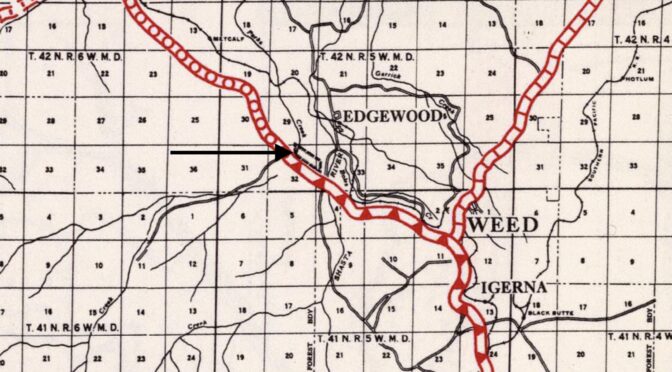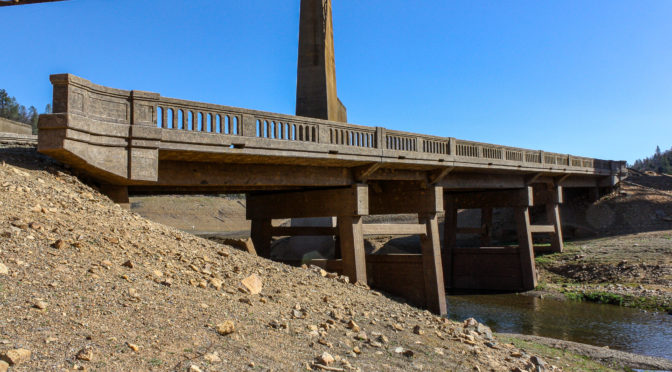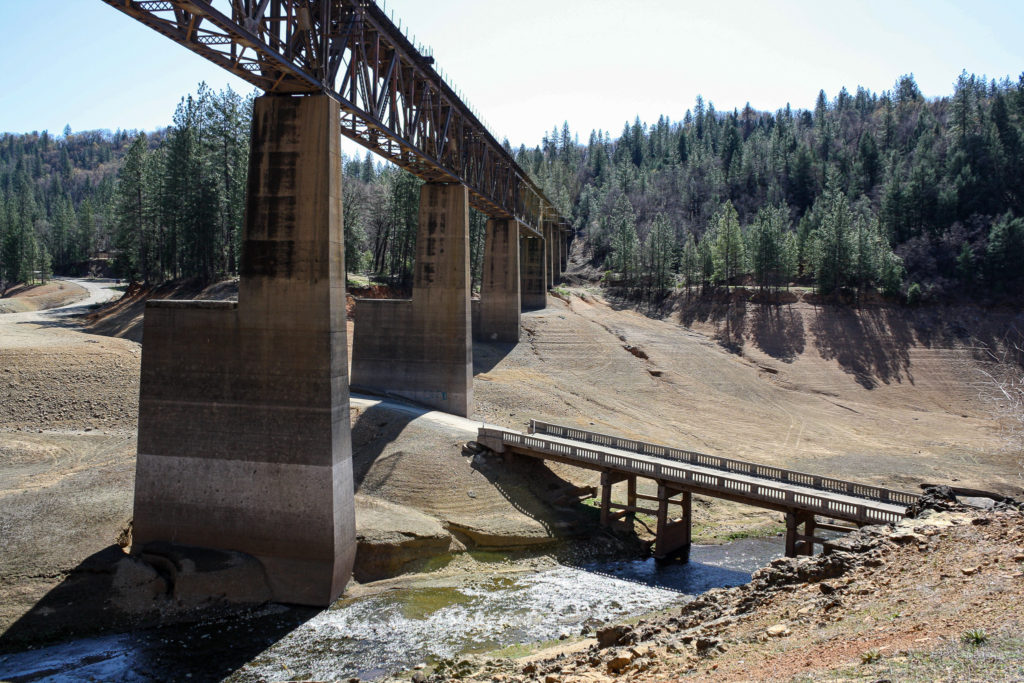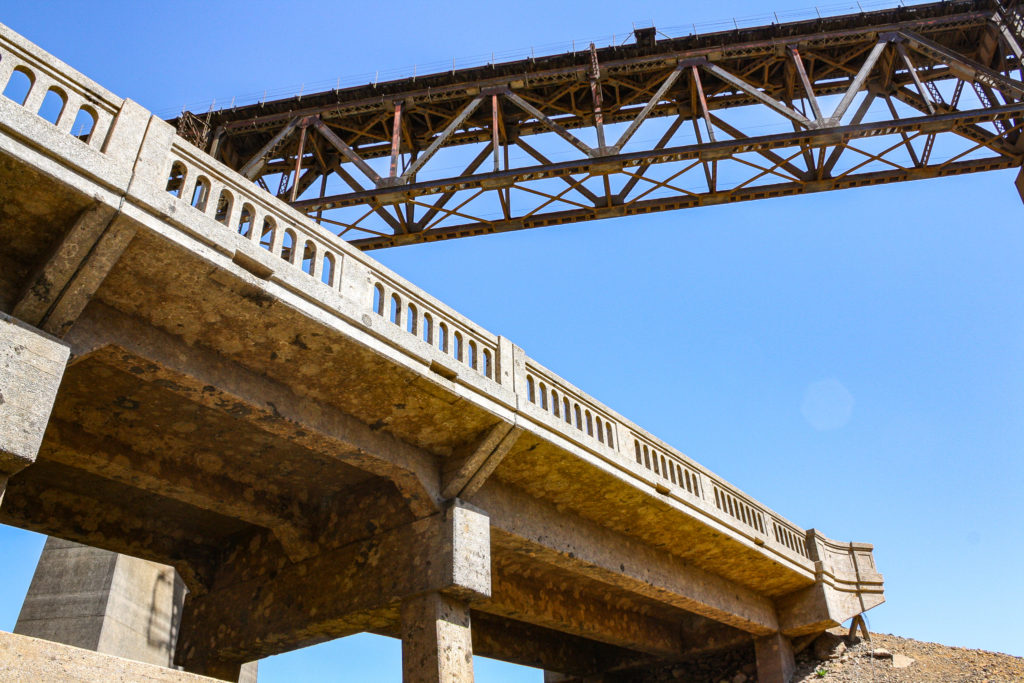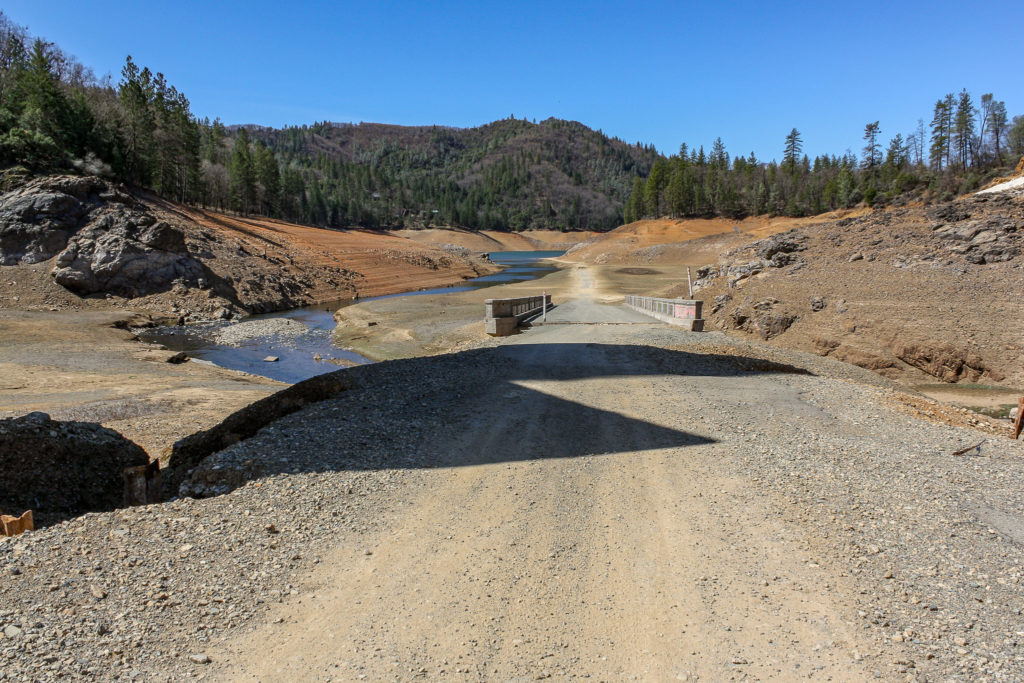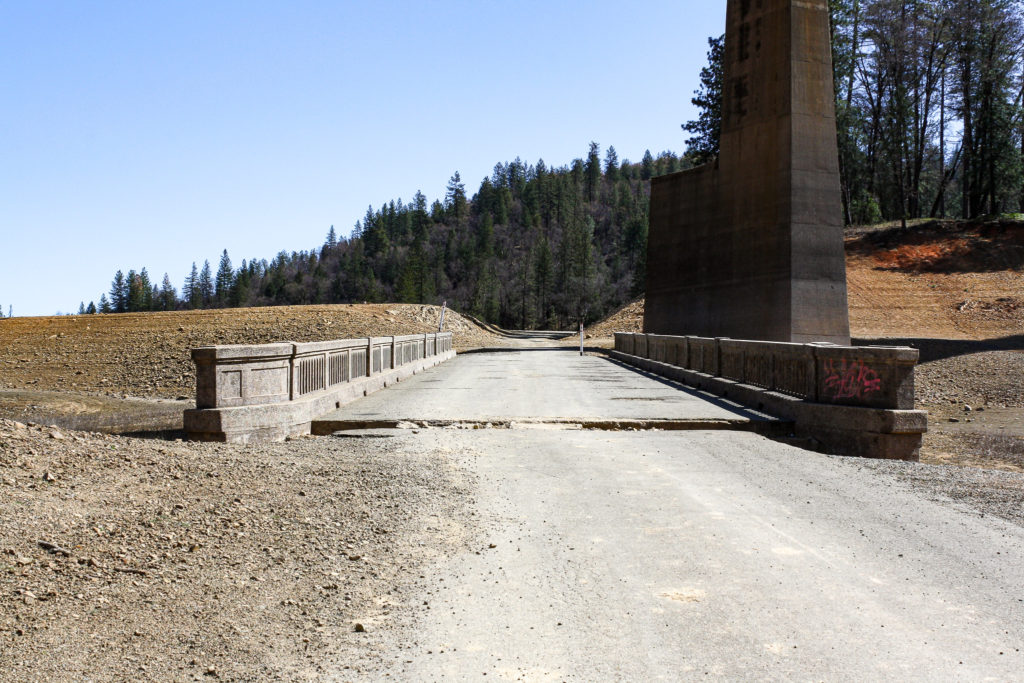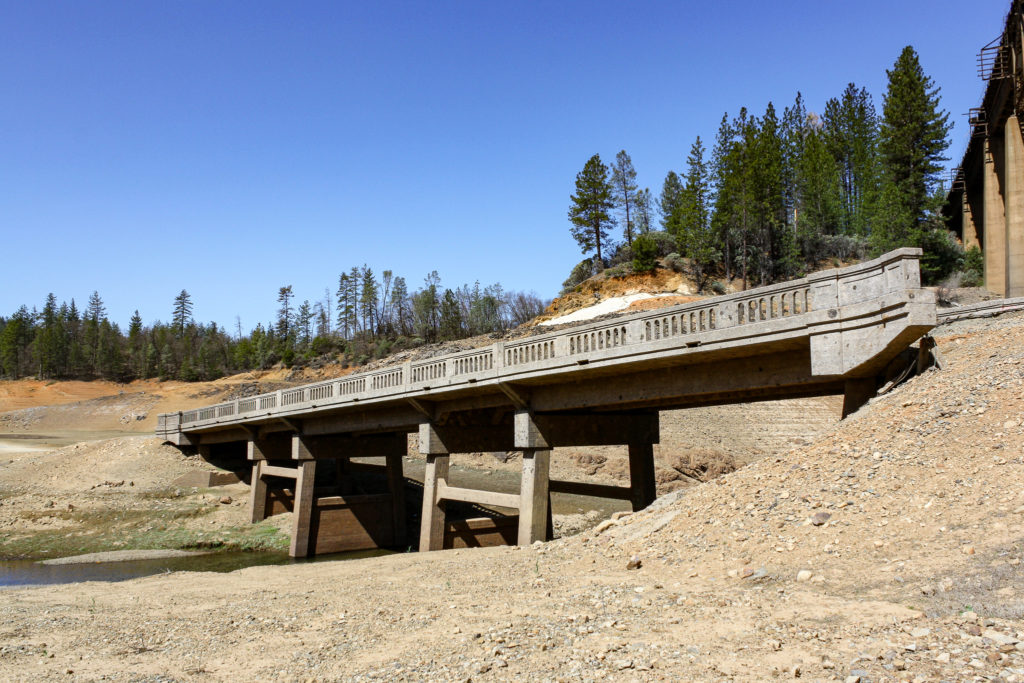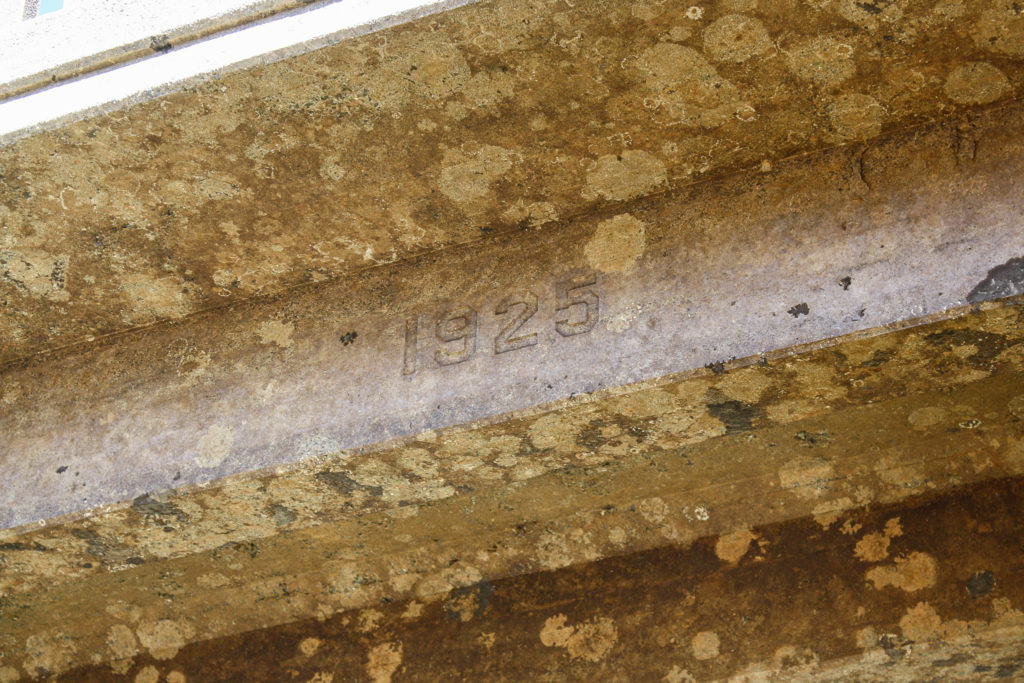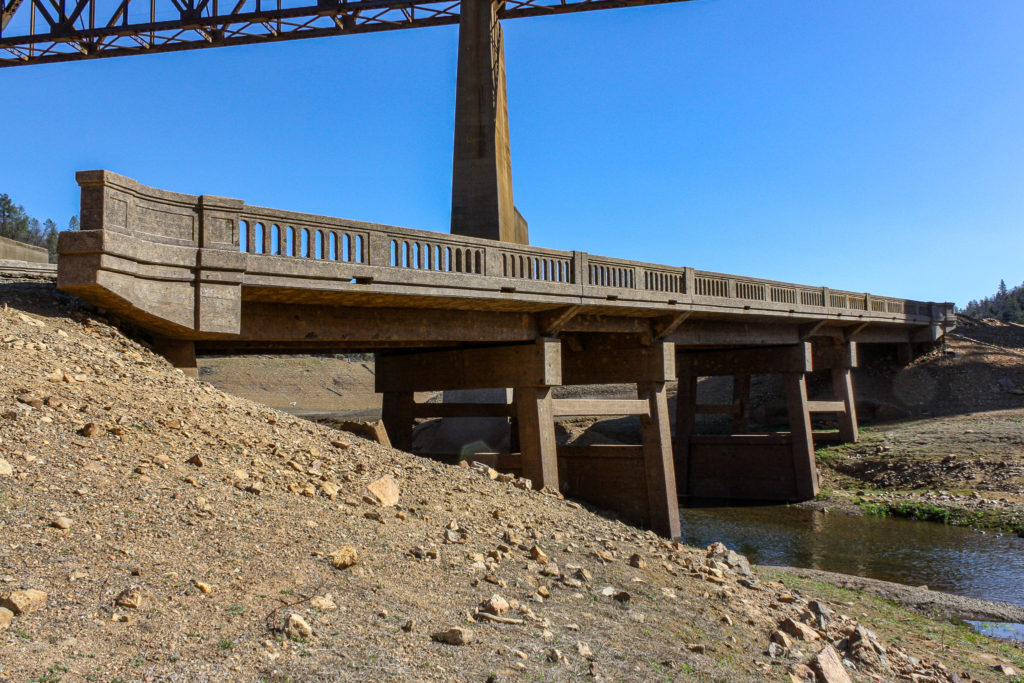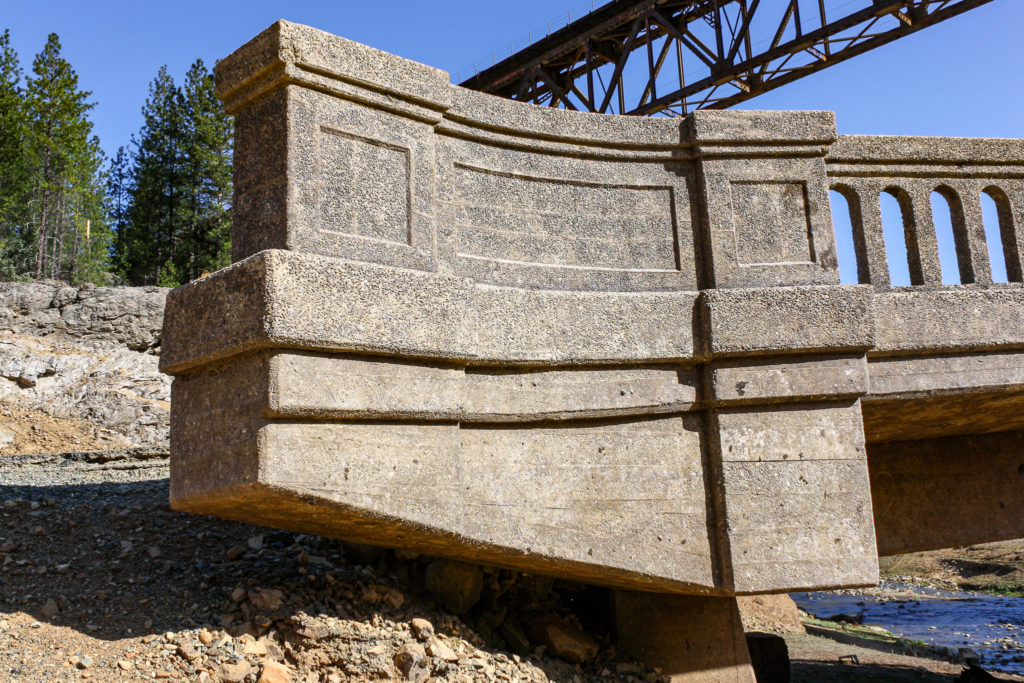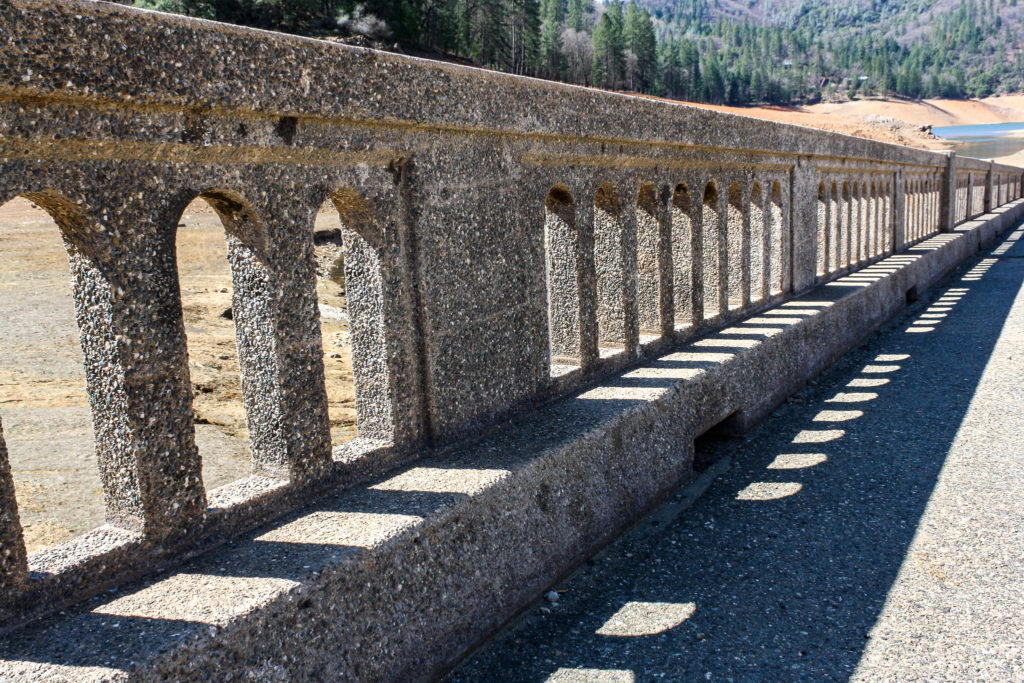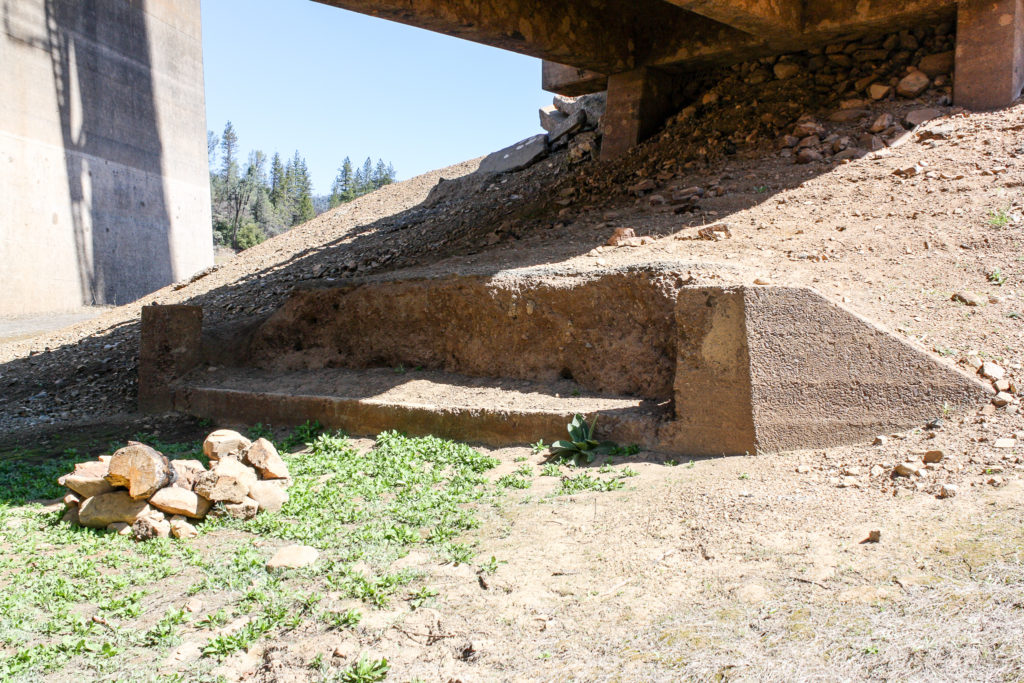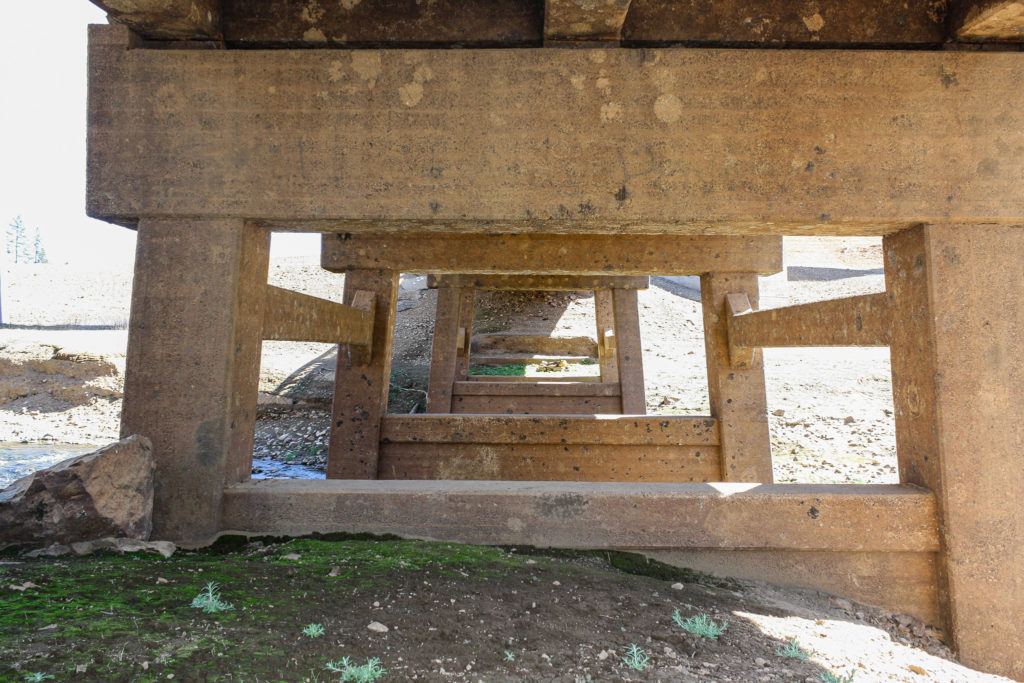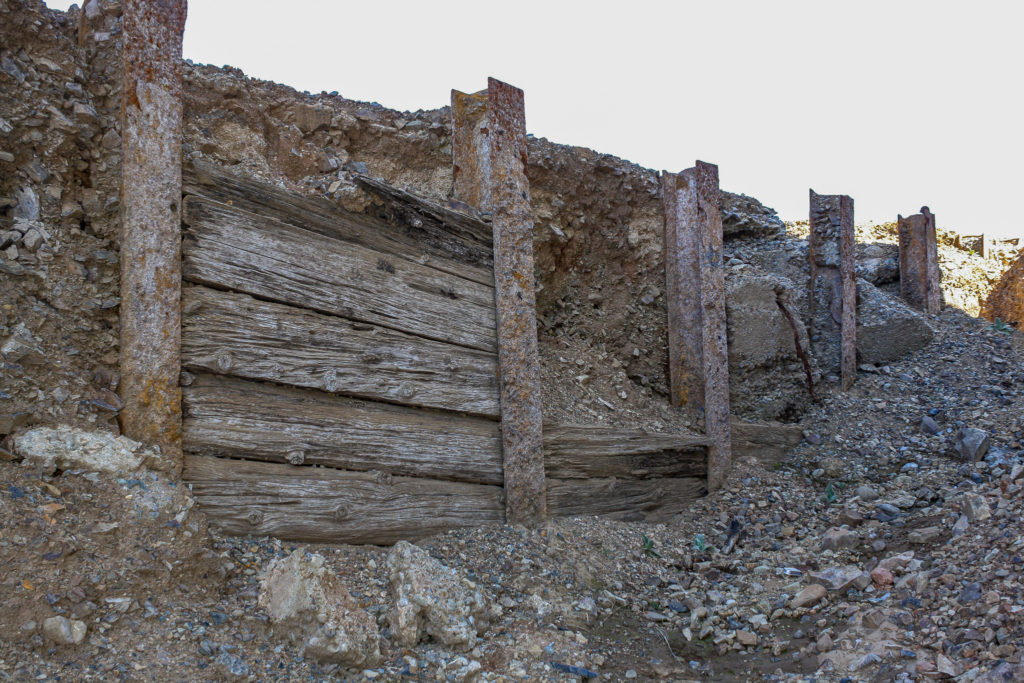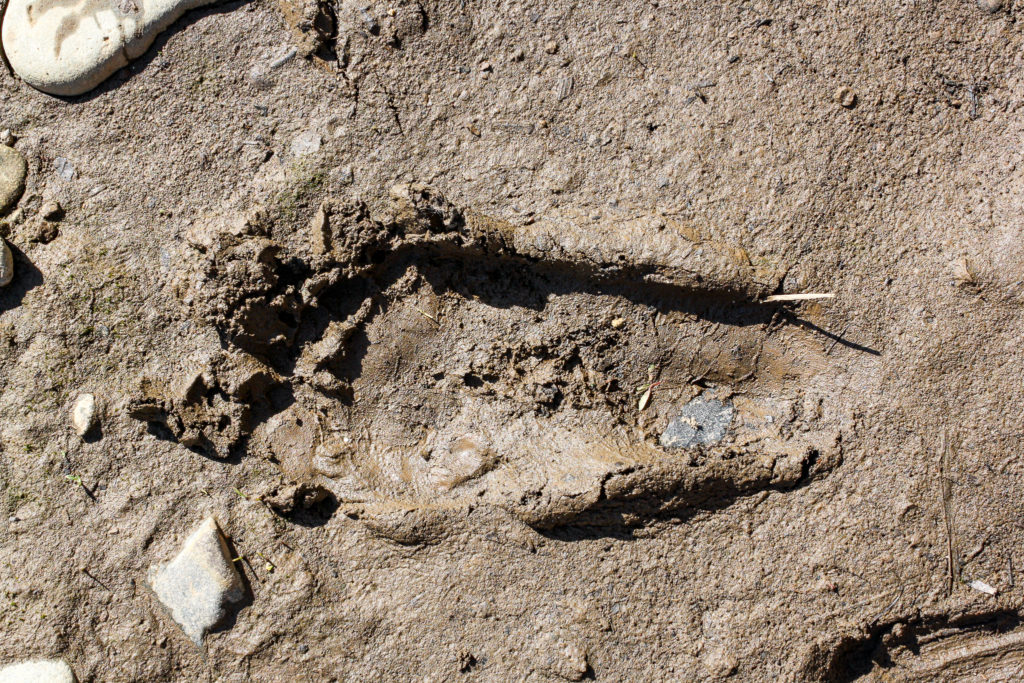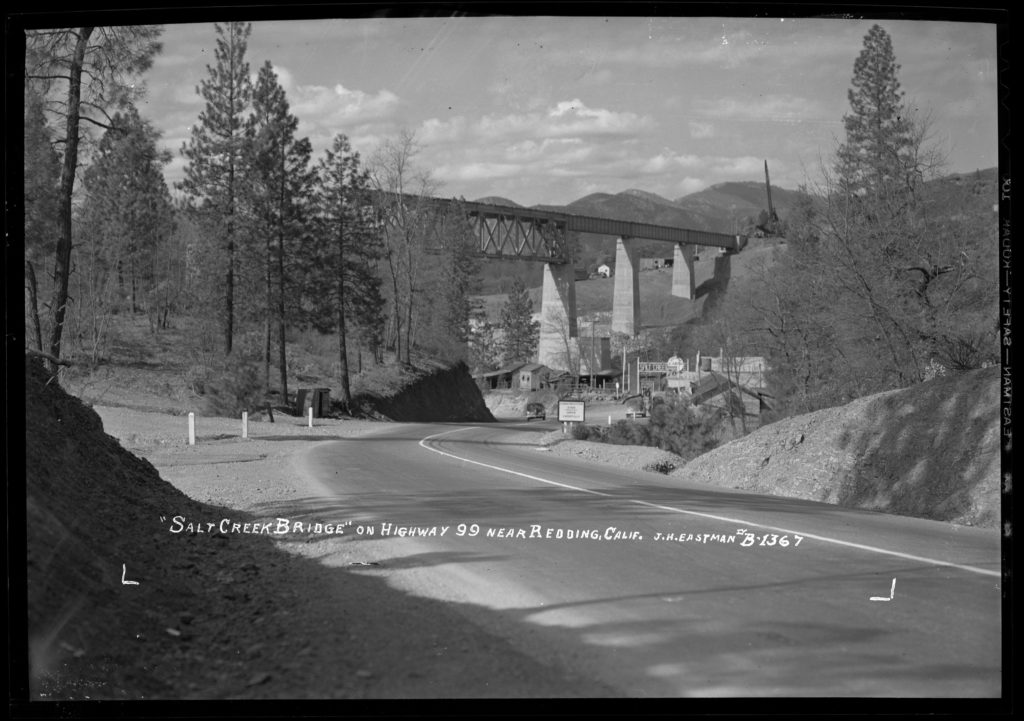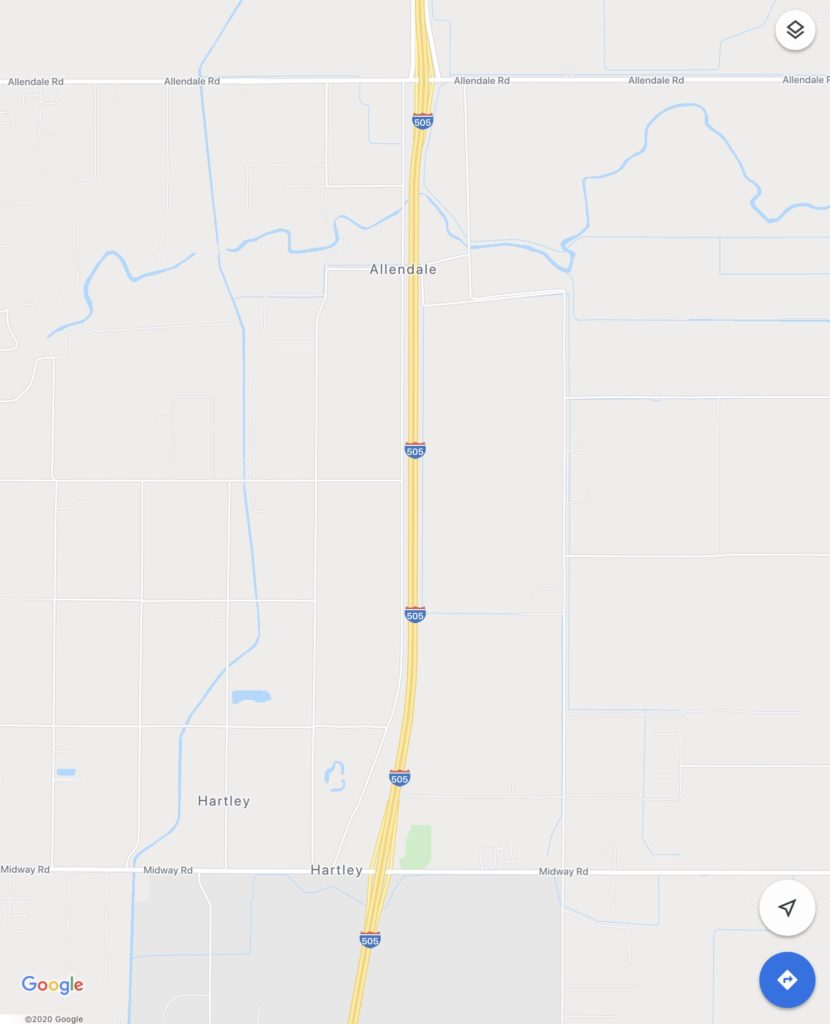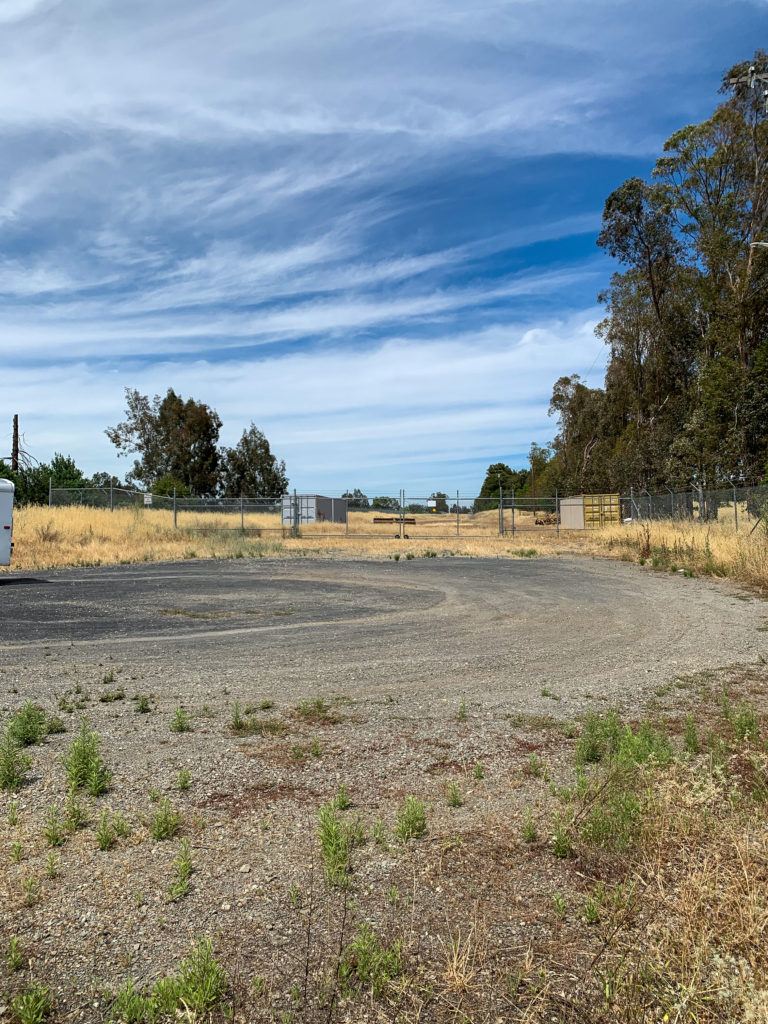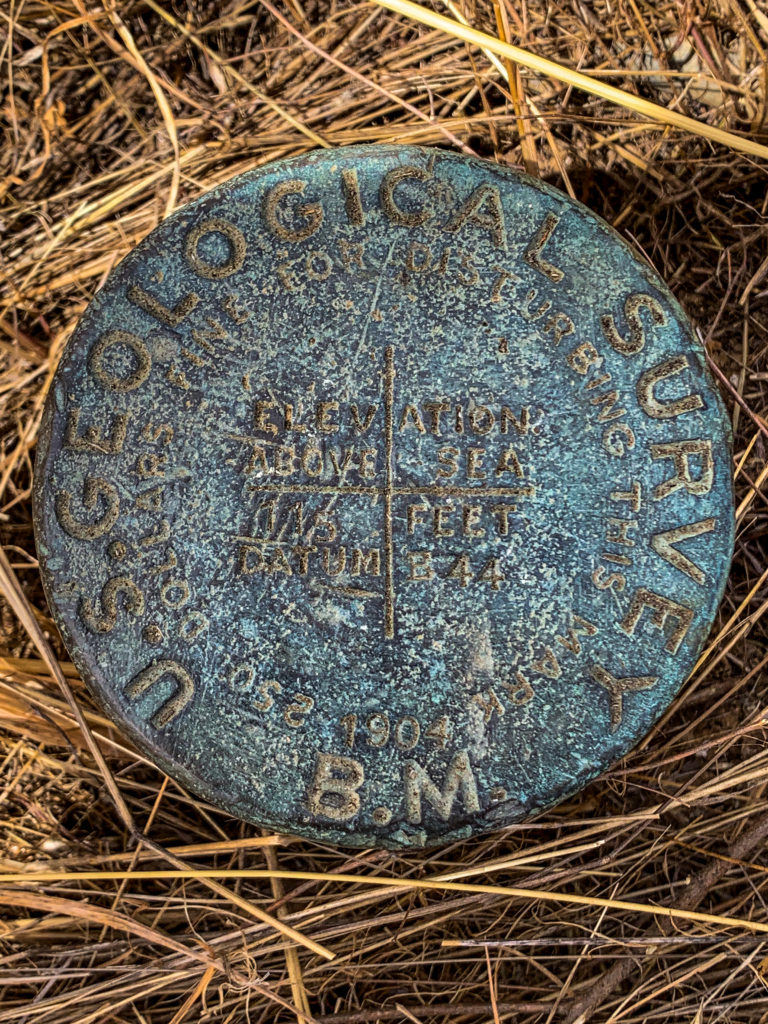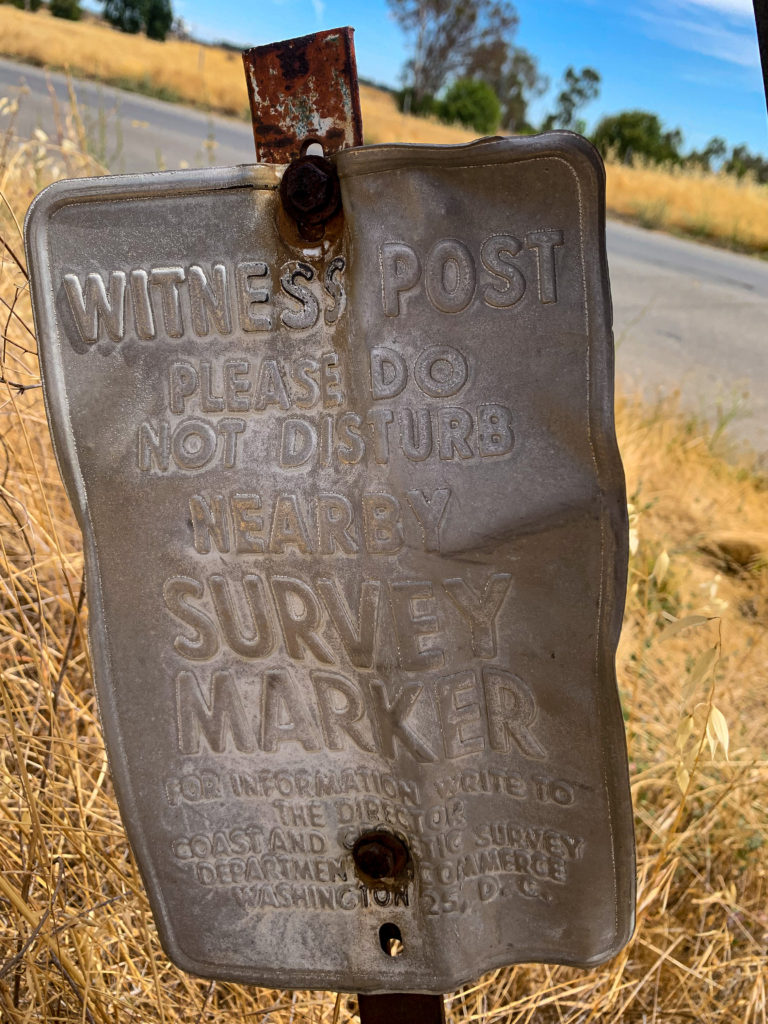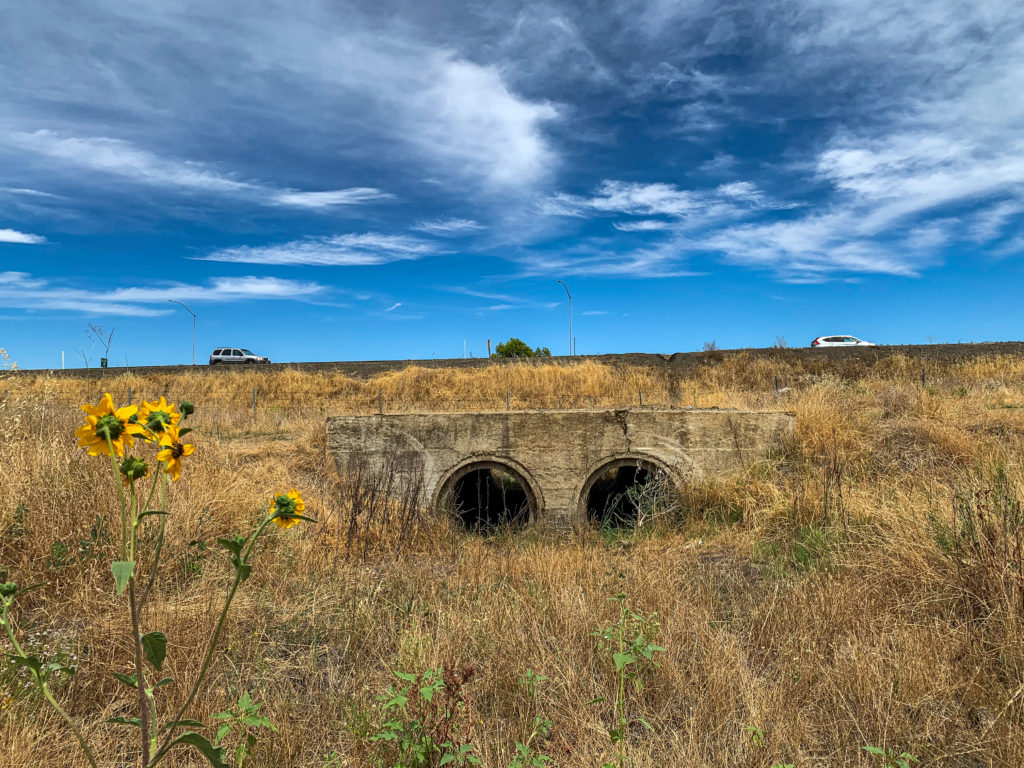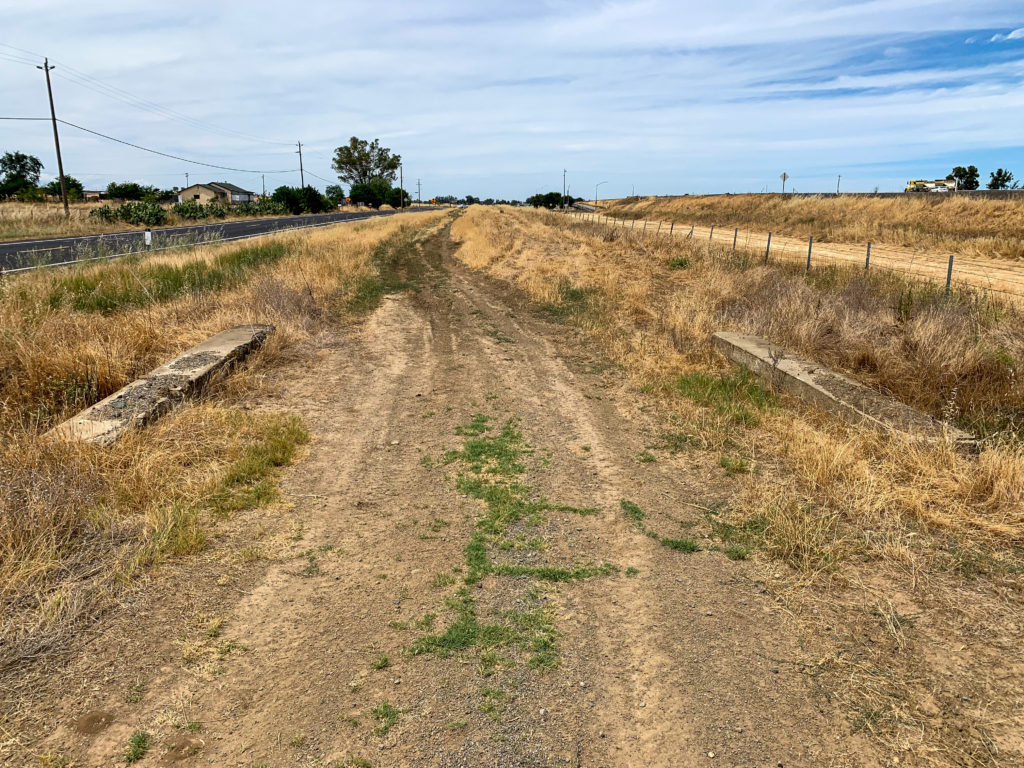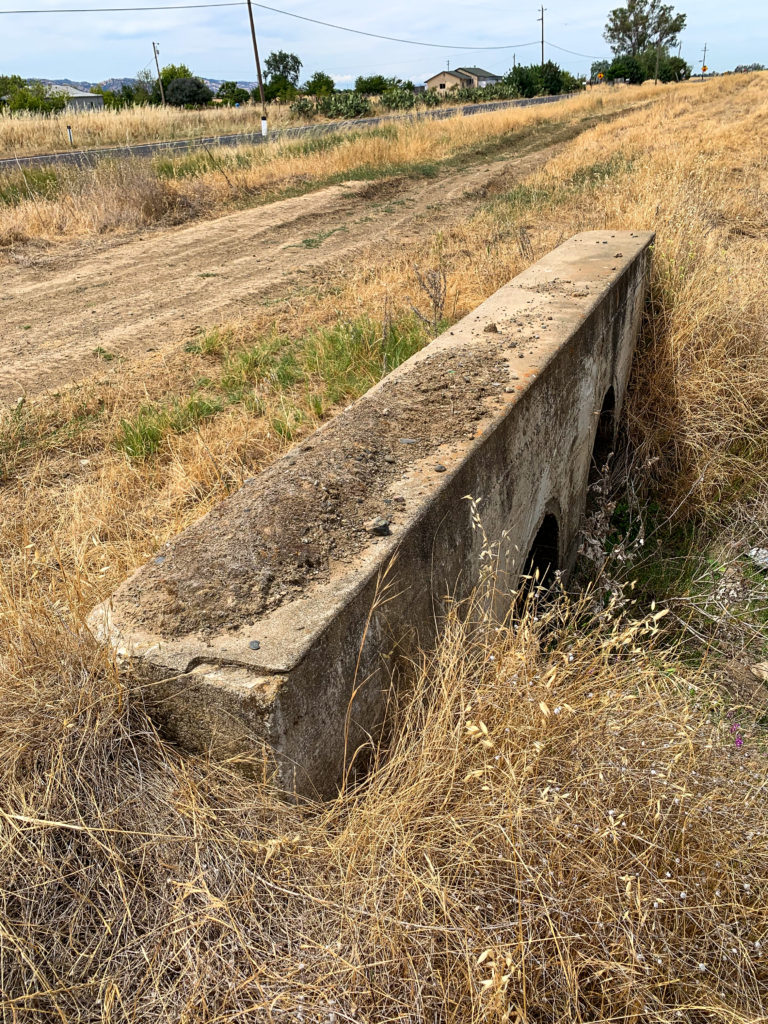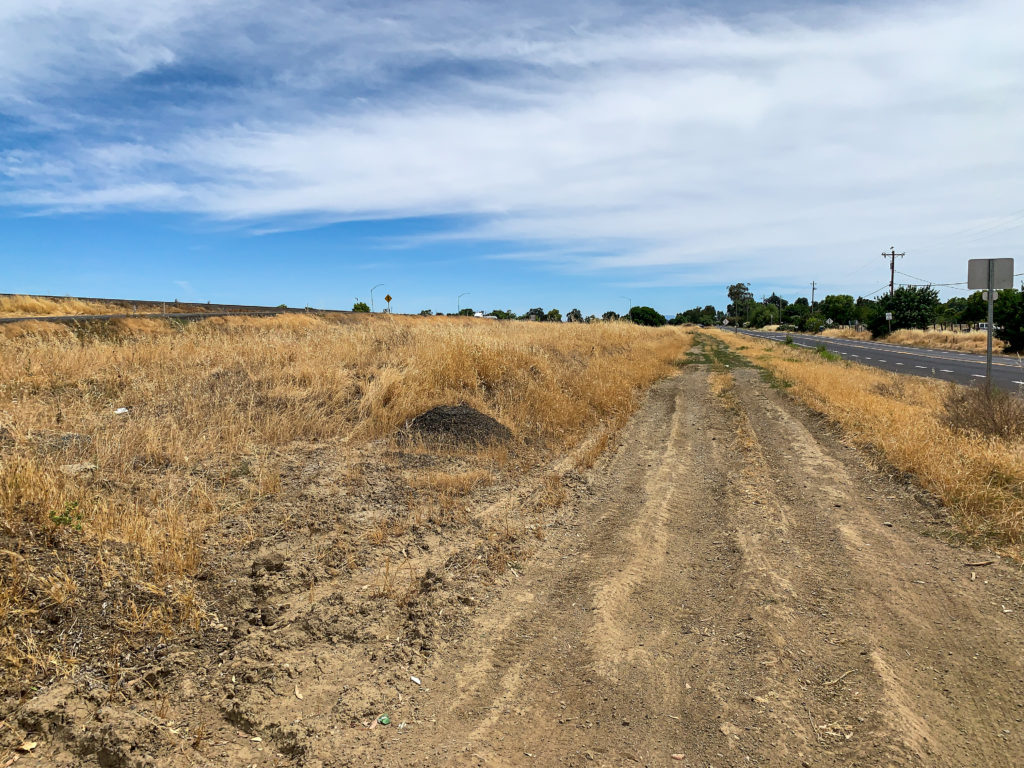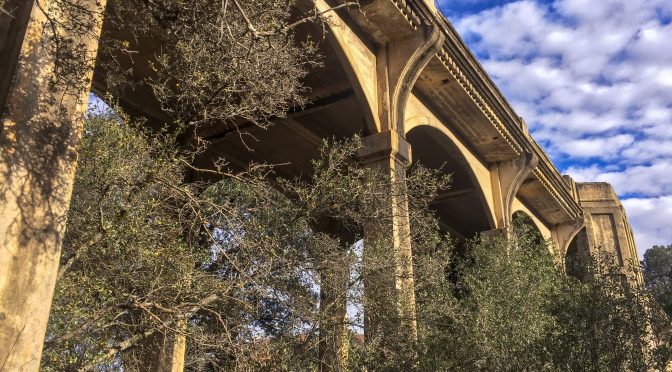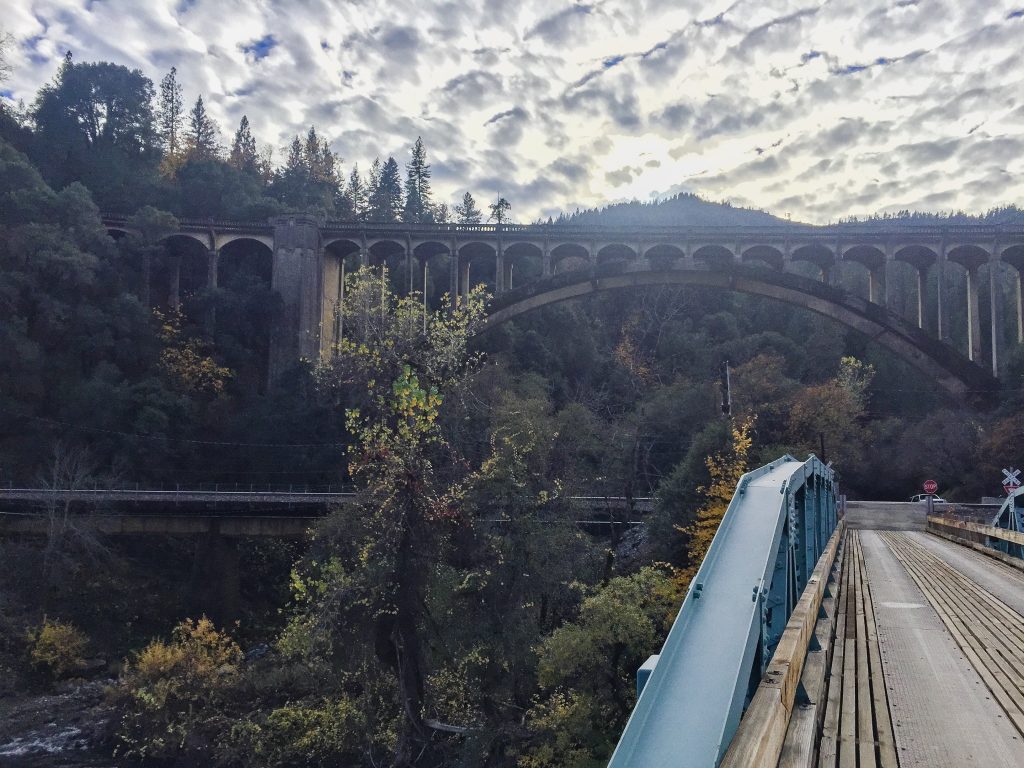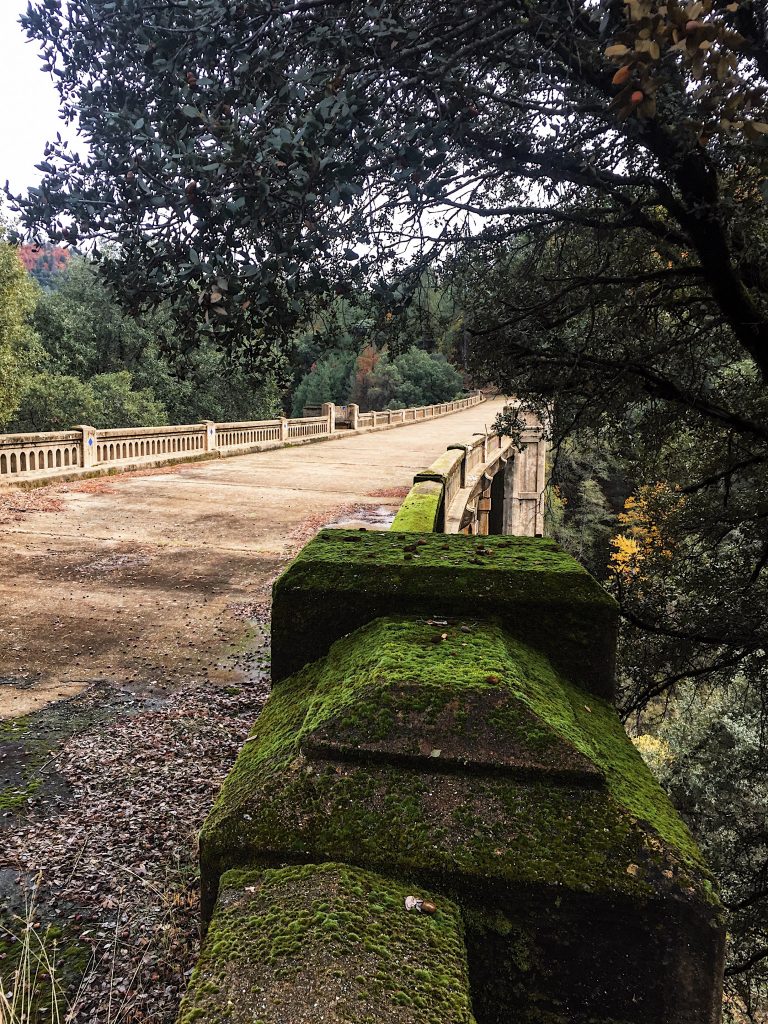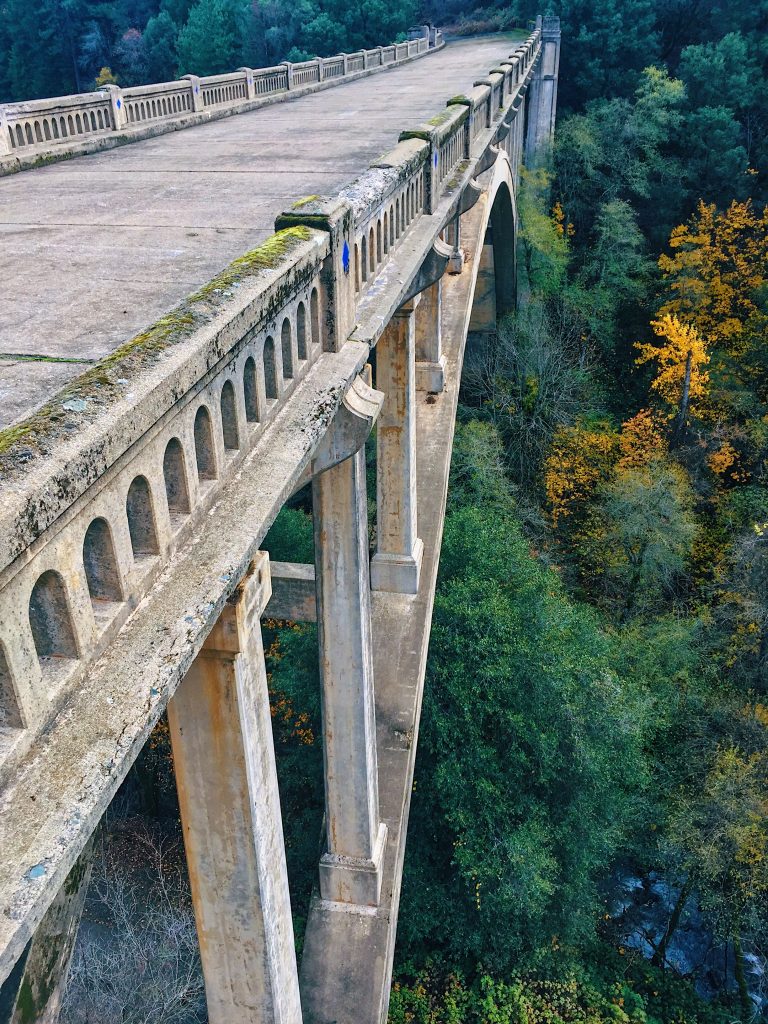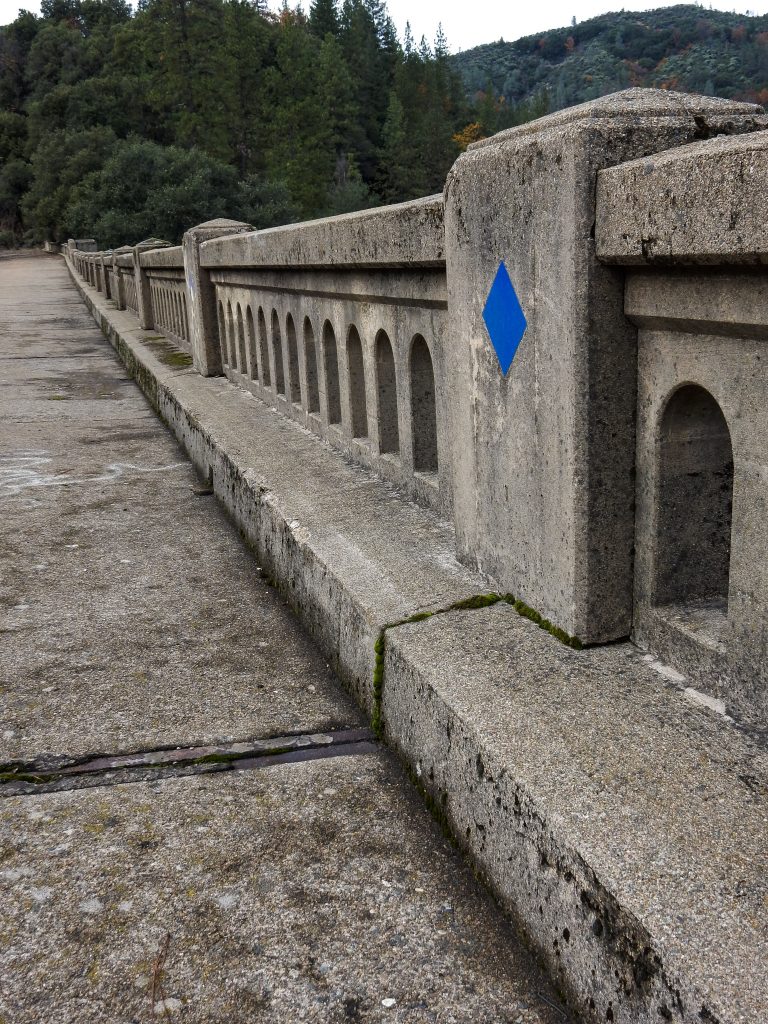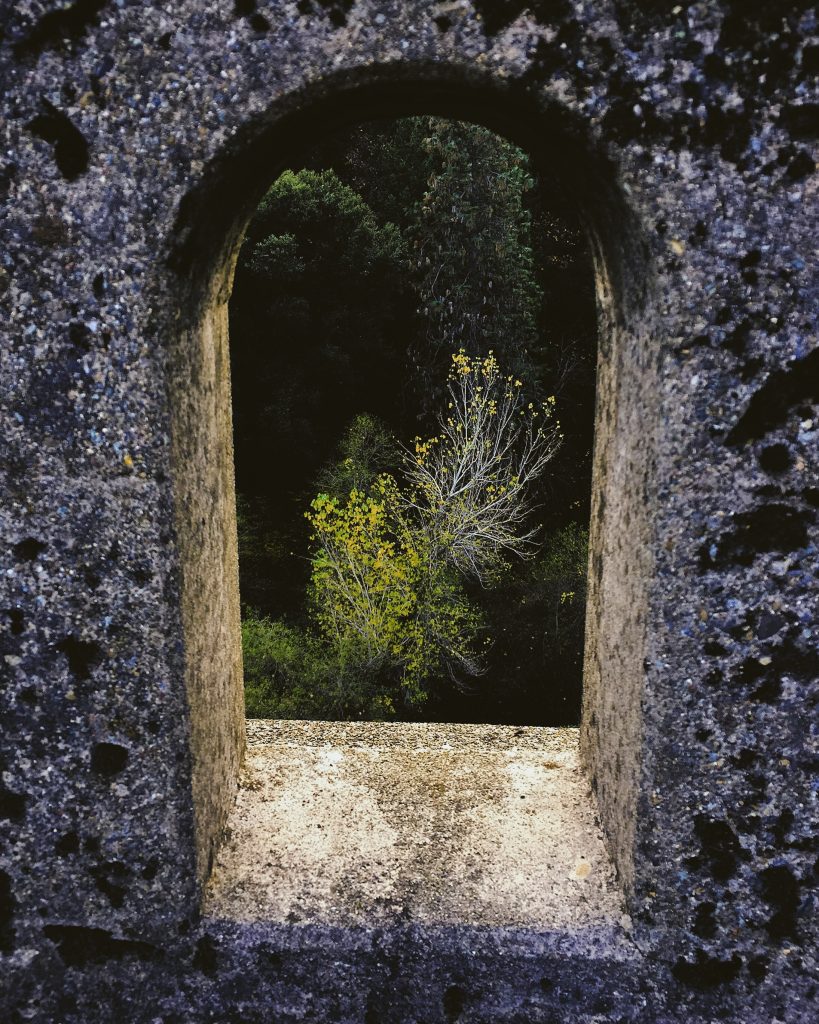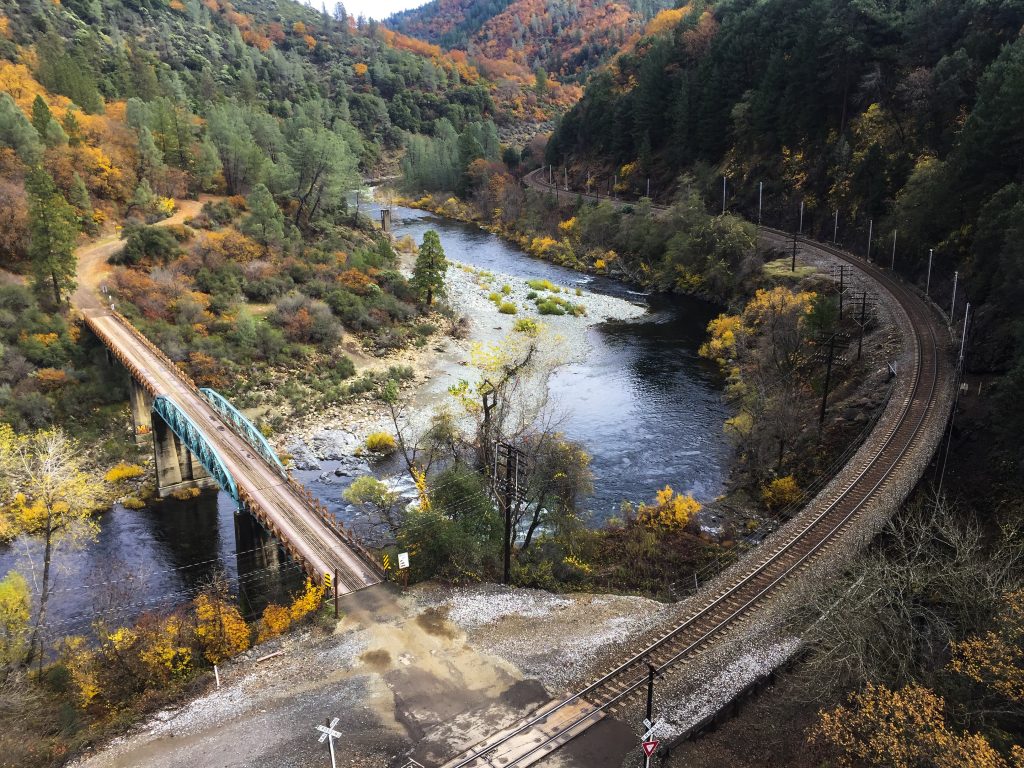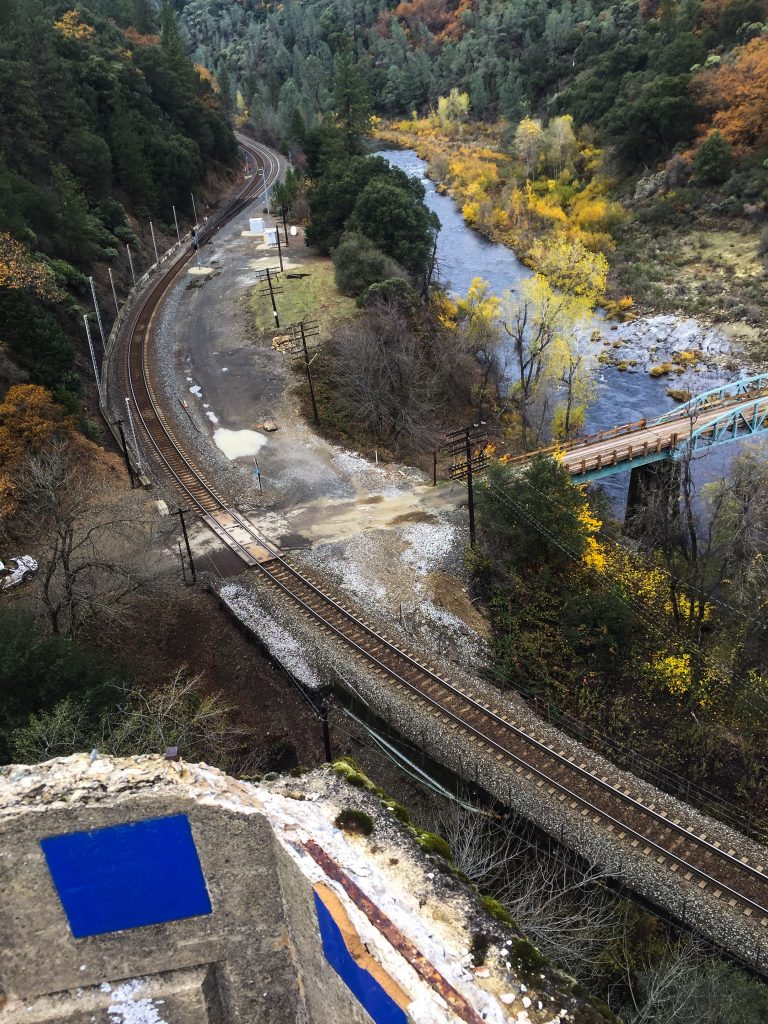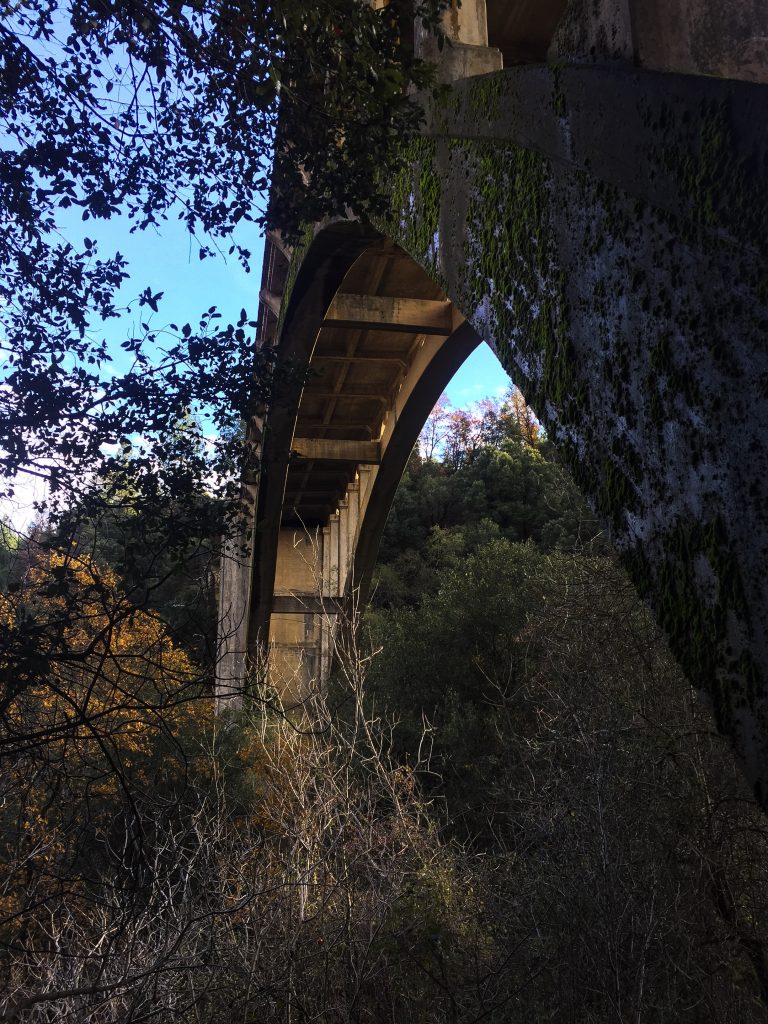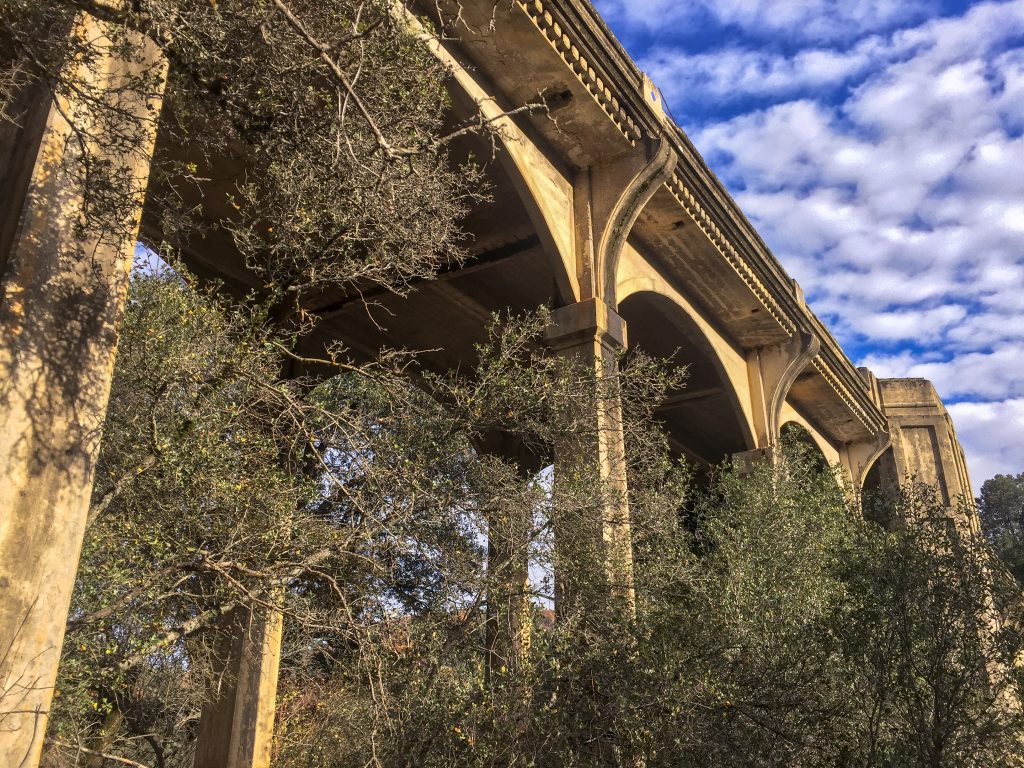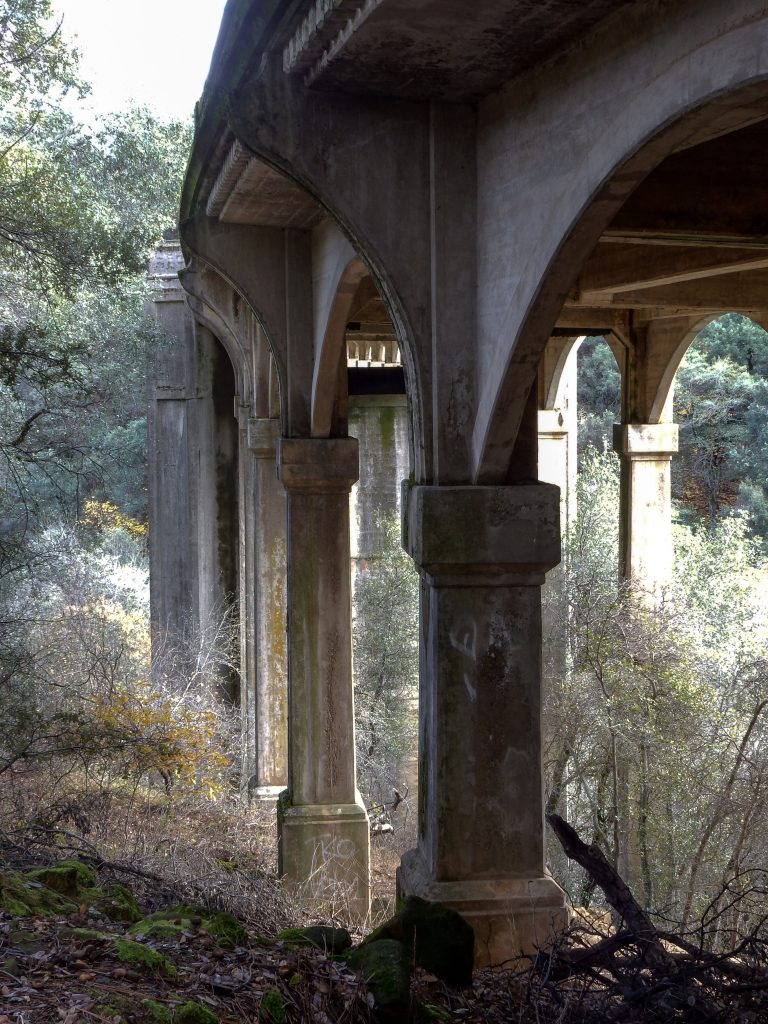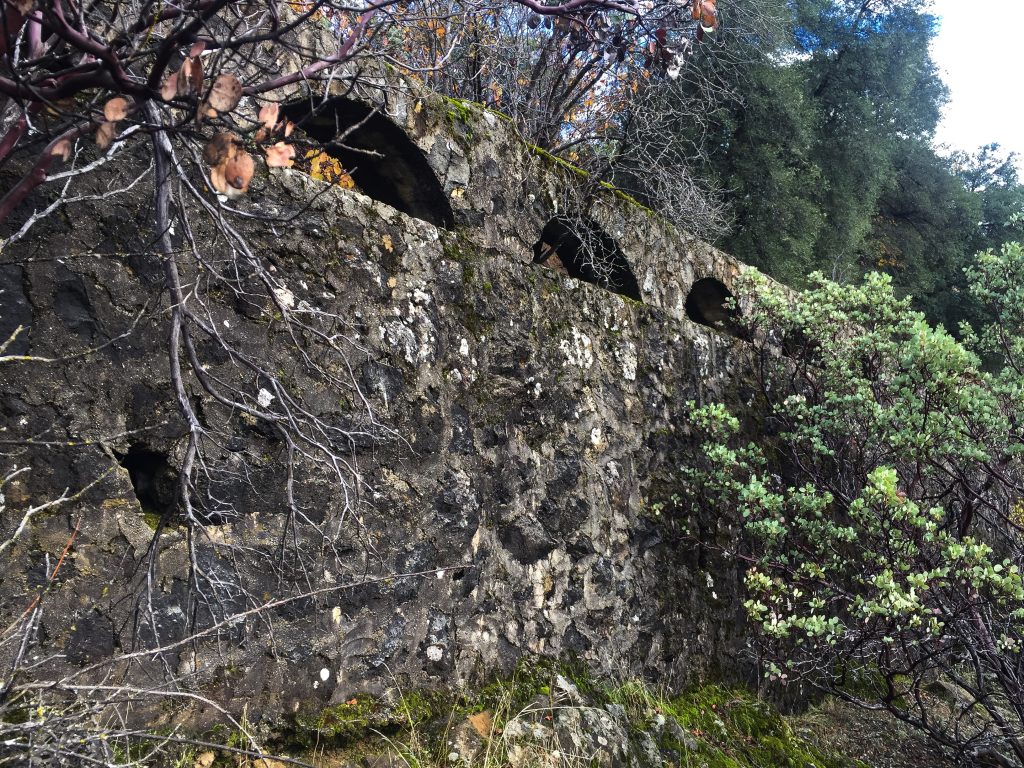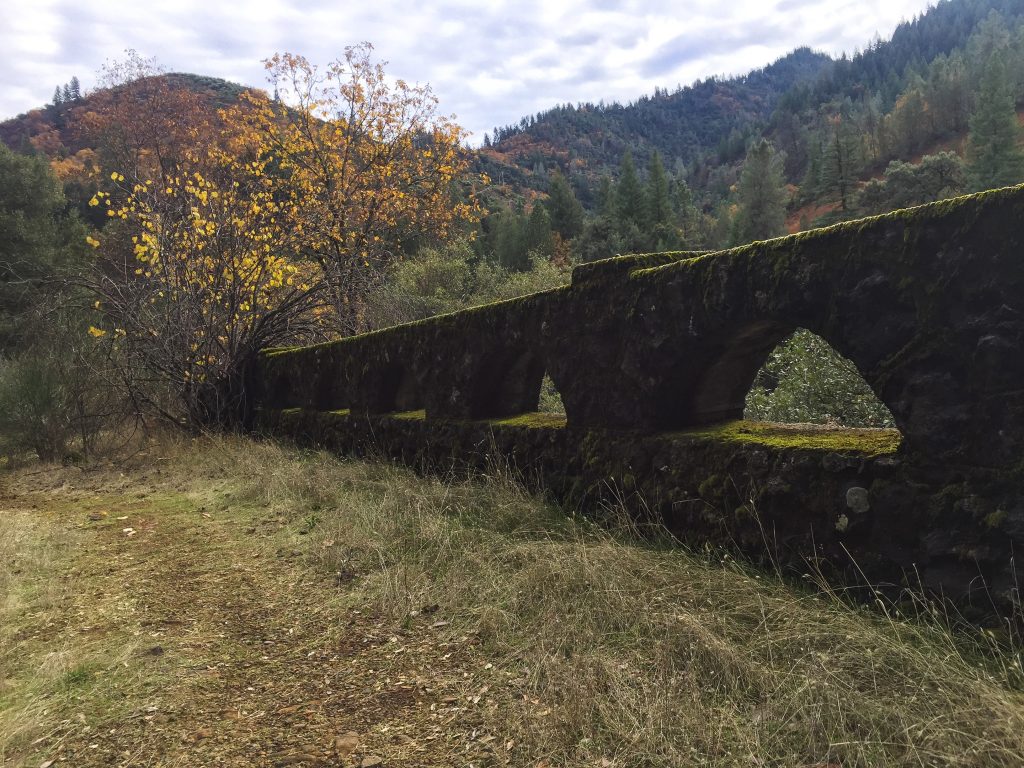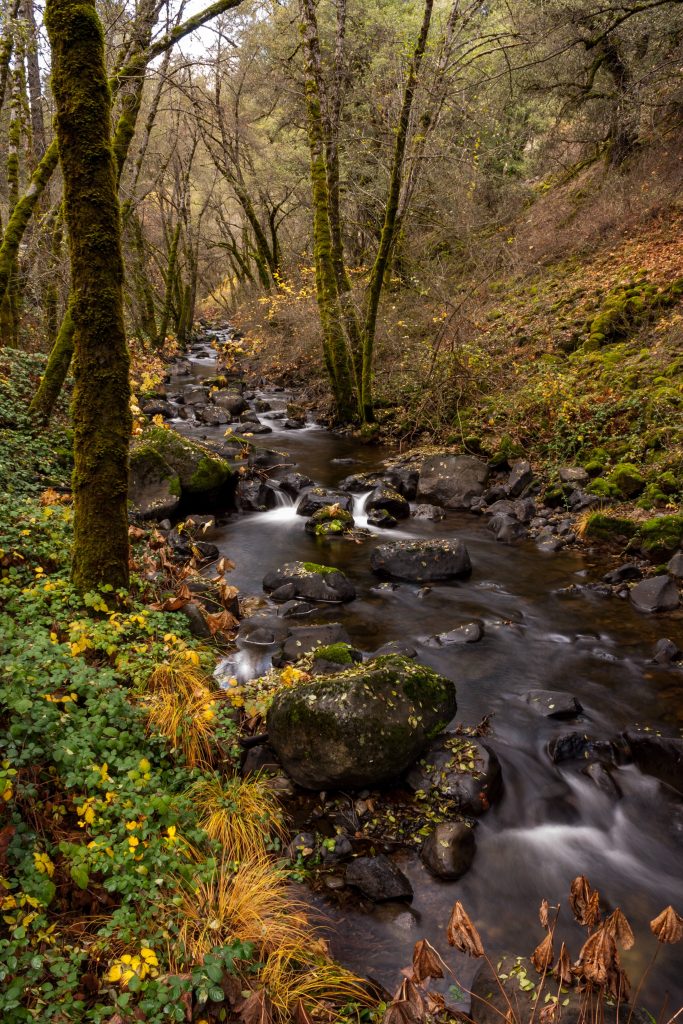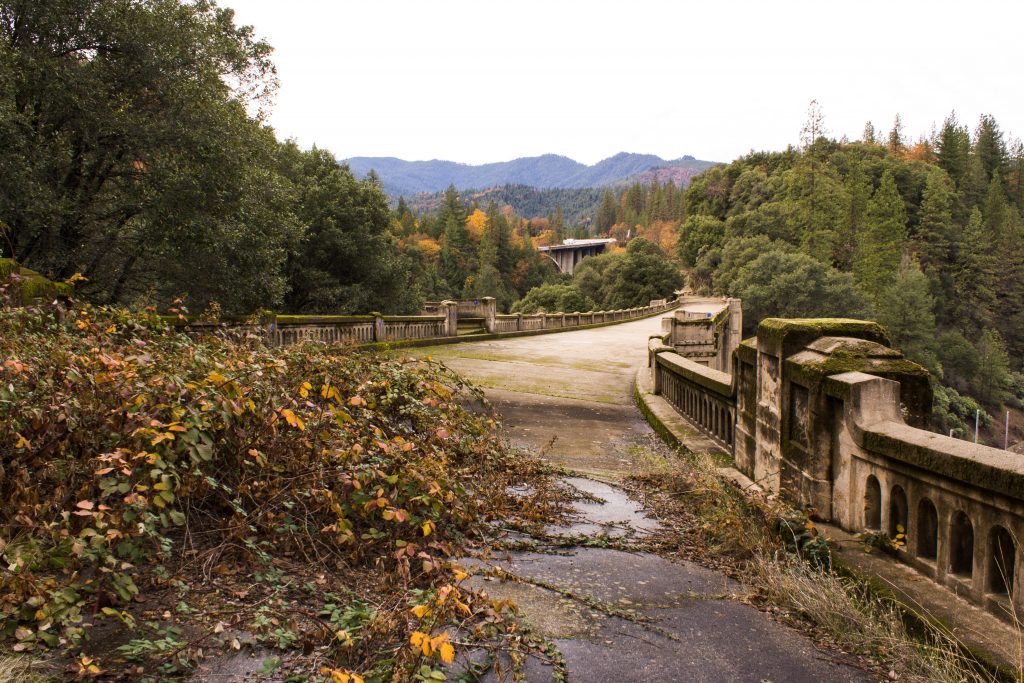Some months back blog posts by Tom Fearer at Gribblenation.org regarding local roads in my area ended up leading me down the proverbial wormhole for more information. I have to say the trip was rewarding. While not answering all my questions about the original subjects – Siskiyou County Road A12 and the first routing of US Route 99 through Weed, California – the search for information resulted in answering a few questions about previous railroads in the area (the Weed Lumber Railroad/Southern Pacific Railroad) and the locations of the first Weed Airport and the long-gone Yreka Airport.
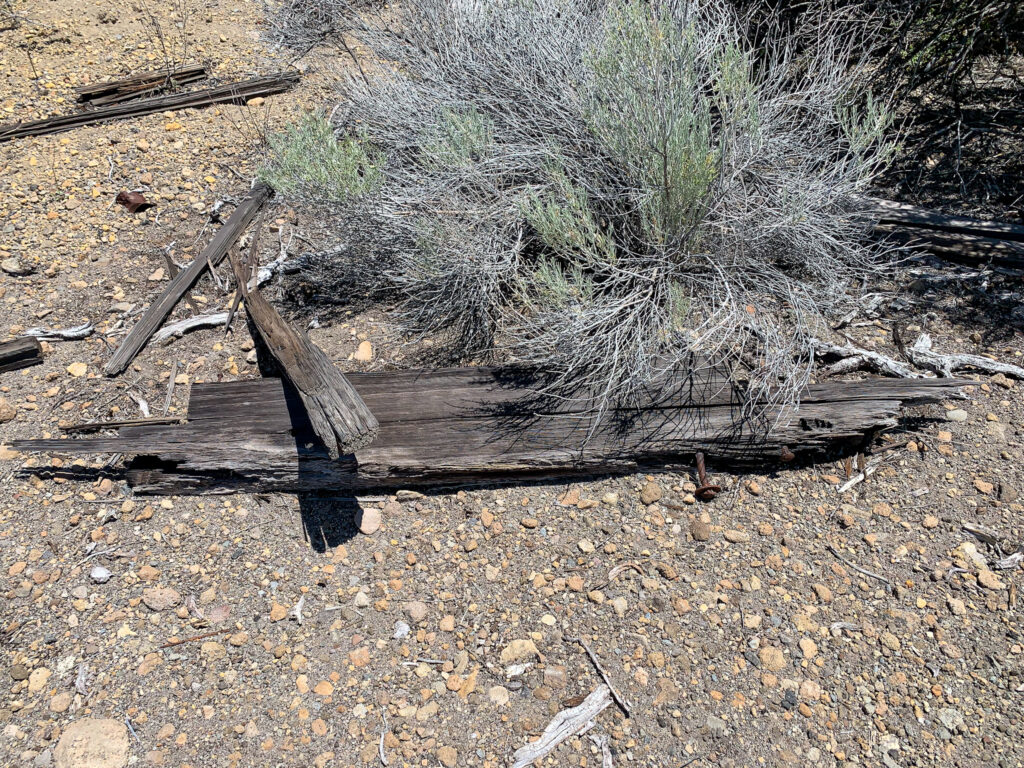
Most of the research involved internet searches for historical maps between the years of 1915 and 1945. While my search started with historical topographic maps at the USGS website, other map sites included the David Rumsey Map Collection, aeronautical charts and airway bulletins at the Library of Congress, as well as posts and articles at Gribblenation and cahighways.org. While my research continues, enough information was accumulated to post a worthy entry about the Yreka Airport on the Siskiyou County Aviation Infrastructure page of this site.
Within the next week, I will also post an entry on the aforementioned page about the original Weed Airport. I had first seen a mention of this airport in the September 1, 1931 Airway Bulletin No. 2. The 1927 (revised 1930) Army Air Corps Air Navigation Map indicates an approximate location of the former airfield, but it was the 1935 California Division of Highways Siskiyou County Highway Map that really helped in nailing down the exact location in a ranch pasture along Old Highway 99/Stewart Springs Road a mile south of the current Weed Airport.
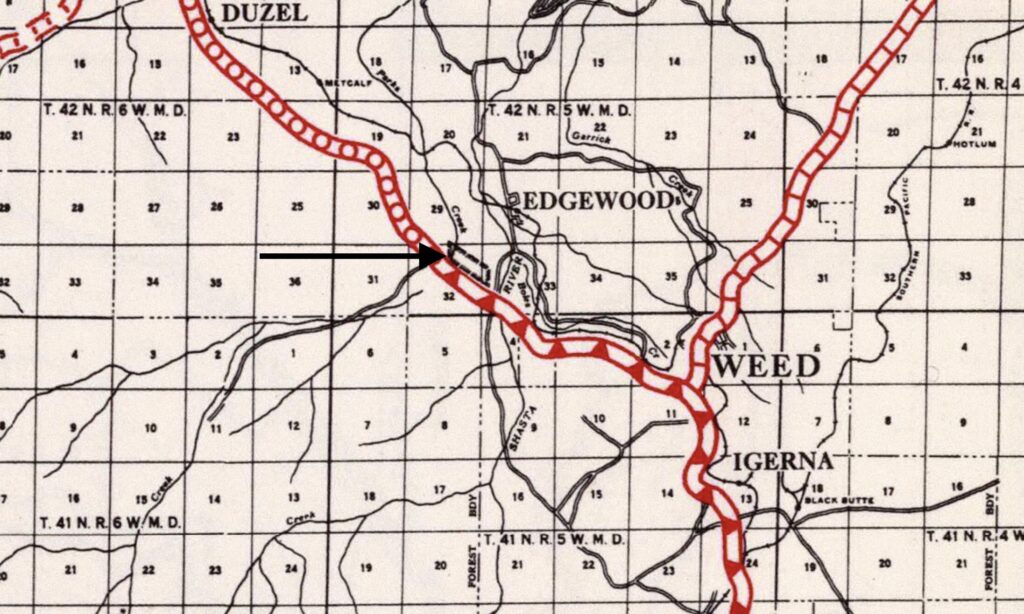
The lesson is that it is the journey through the wormhole can be just as rewarding as the destination. Being mindful that seemingly unrelated resources can result in clues to other research projects should always be kept in mind. The only problem is that usually leads one down other, numerous wormholes!
